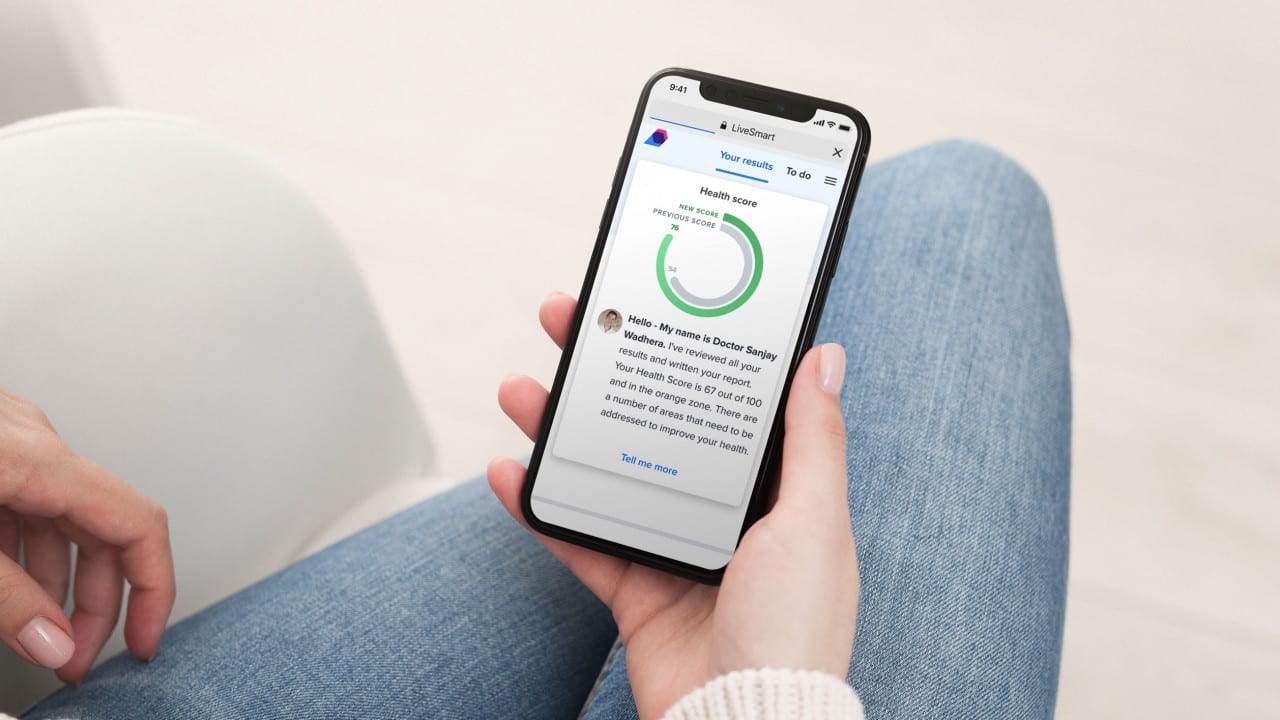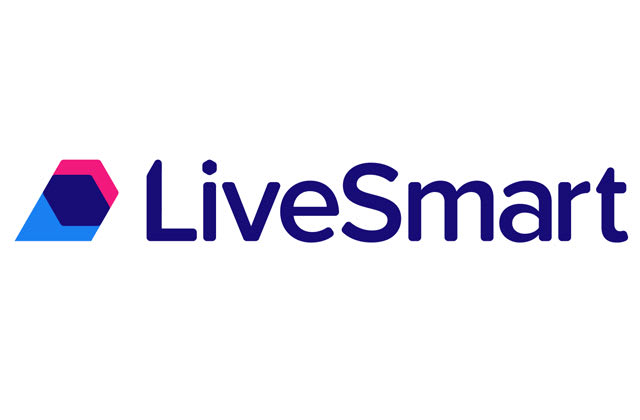5 reasons why home health assessments and lifestyle coaching will be the most important employee benefit post-Covid-19
With the world in a state of flux, it has never been more important for businesses to look after the health and wellbeing of their employees.
Here are five ways a digital health assessment programme will help you and your people to take care of their health
The world of work has changed beyond recognition over the past few months, with more UK employees now working from home than in offices or factories for the first time.
So, many HR managers are preparing for a growing demand for health and wellbeing support and rethinking the benefits they offer present and future employees.
The effects of Covid-19 are likely to change employee perception of benefits forever. Even before the crisis, gym memberships, healthcare insurance and healthy snacks on-site were some of the most popular. And moving forward, employees will stay with and choose companies that invest in the health and wellbeing of their staff – the conversation about health is no longer a nice-to-have, but an essential element of work culture that ensures a healthy, sustainable and productive workforce.
With this in mind, many businesses are finding traditional health assessments unsuitable to remote working conditions; employees are uncomfortable attending in-person health assessments. And this is where digital health providers can help. Here’s how…
1. Flexibility and peace of mind
Millions of people in the UK have missed out on vital health checks as a result of disruption to the NHS during lockdown. According to Cancer Research UK, 2.1 million have missed out on screening, while 290,000 people with suspected symptoms have not been referred for hospital tests. The charity estimates more than 23,000 cancers could have gone undiagnosed during lockdown.
Furthermore, we are in the midst of a cultural shift where consumers (employees) are thirsty for data to improve and personally take control of their health, preventing the development of disease. Luckily, digital health services can provide much needed support by offering health screening via a blood test and lifestyle assessment. The blood test is conducted via a home test kit, using lancets (a small finger prick test) to obtain the sample. The sample is then sent to a lab where the results are processed, before a doctor writes personalised notes and recommendations.
These recommendations then head to a dietitian who creates a tailored action plan. The user gets a notification saying that their health report is ready, which they can access via their phone or online portal.
2. Lifestyle coaching
It can be easy for people to feel overwhelmed when they receive their health results, so digital health providers are careful to present enough information to provide insight as well as advice on what to do next.
LiveSmart pairs users with a health coach to help them to understand their health report, set key goals to help improve their health, and keep them on track. “A coach can understand your life,” says Alex Heaton, LiveSmart’s Founder and CEO. “They understand what factors are going on, what's stopping you from changing and help you set better goals with a deeper understanding of who you are and what you can and can't do. So the health coaches are really the behaviour-change part.”
3. Setting achievable goals
Promoting a healthy lifestyle is essential in the battle against the pandemic. Recent evidence from Public Health England says that being obese or overweight puts people at greater risk of serious illness or death from Covid-19 and excess weight put people at greater risk of needing hospital admission or intensive care.
When it comes to living a “healthy” lifestyle, most people have some understanding of the things they should be doing, and those they should do less of. But making changes and creating new habits is challenging. Encouraging people to make healthy life choices is a key part of the care offered by LiveSmart. Its telephone-based coaching focuses on improving modifiable risk factors for developing diseases by improving nutrition, increasing physical activity, promoting weight loss, smoking cessation, managing stress and mood and reducing alcohol intake.
During the first health coaching call, the coach encourages the user to set three goals. A health plan is created and added to their digital health dashboard, including agreed goals, how confident the user is in achieving them, and how any potential barriers may be overcome.
4. Healthy mind, healthy body
Mental health related absence is the most common cause of long-term sickness absence in UK workplaces. Work-related stress, depression or anxiety accounts for 44% of work-related ill health and 54% of working days lost, in 2018-19 (HSE, 2019). As well as sickness absence, poor mental health at work can lead to increased staff turnover, reduced engagement and high presenteeism.
These facts relate to a world pre-Covid-19; early indications suggest that the pandemic (and measures taken to control it such as lockdown and social distancing) will have a significant impact on the mental health of employees.
Which is where digital services can help. They offer people the benefit of flexibility and choice in terms of the time and location they receive therapy – so outside normal working hours and at home if they prefer. By using these more modern forms of digital communications, service providers deliver much needed end-to-end care exactly when it’s needed, meaning more people can get the treatment they need.
5. It makes business sense to look after your people
The latest Good Work Index Report from the CIPD highlights the importance of employers promoting healthy working practices. The CIPD advises companies to ensure that its managers are well trained in having supportive, sensitive discussions on wellbeing – and that they recognise the importance of promoting existing health and wellbeing benefits.
According to research by Engage for Success, employees with high-wellbeing are 35 percent more engaged in their work; employees who eat healthily are 25 percent more likely to have higher job performance; absenteeism is 27 percent lower for workers who eat healthily and regularly exercise; employees who feel cared for are 27 percent more likely to stay with an employer.
The people data a digital health provider offers to a business is invaluable. “We take the employees data and anonymise it then we give it back to the employer so they can see what well-being initiatives are right for the company to implement. And without that kind of data HR managers or CEOs are just stabbing in the dark. Once initiatives have been put in place, the data can then validate their effectiveness via measurable health and wellbeing improvements. And in regards to privacy and security, we have strict policies around what the population size needs to be before we give analytics back to employers so that no one individual can be identified,” said Heaton.
LiveSmart is on a mission to help businesses and individuals become healthier. LiveSmart combines blood and lifestyle analysis, technology, and health coaching to create a next generation health improvement platform. For more information on how LiveSmart can help improve the health and wellness of your business, and to participate in a free trial with no obligation to purchase, go to getlivesmart.com.


